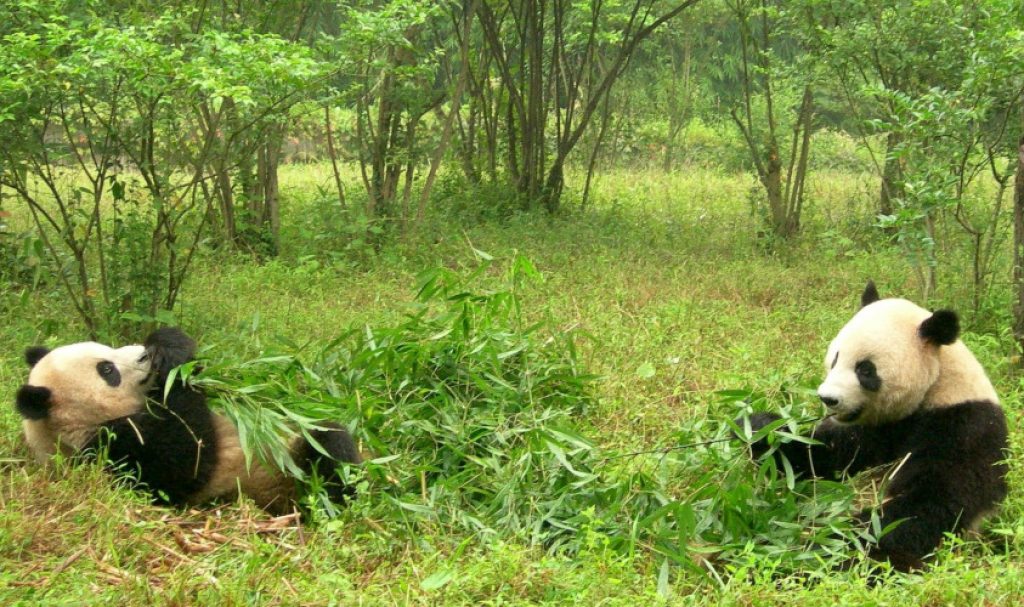
AsianScientist (Aug. 8, 2019) – China’s diverse ecosystems hold 15 percent of the world’s vertebrates and 12 percent of its plants. In a review published in Trends in Ecology & Evolution, researchers discuss the Chinese government’s efforts to reform its national parks policy and suggest how else the country conserve its rich biodiversity.
Since China established its first nature reserve in 1956, the number has blossomed to over 12,000, covering a total area just slightly larger than the US state of Alaska or the Australian state of Queensland. Although the protected areas account for 20 percent of China’s land surface, fragmented management has blunted their impact. Previously, one or more government departments and agencies with different goals manage the same site, leading to overprotection of some areas and neglect of others that need urgent protection. Under these circumstances, development often came at the expense of conservation.
“To address the problem, China’s government implemented some institutional reforms,” said study corresponding author, Professor Ouyang Zhiyun of the Research Center for Eco-Environmental Sciences, Chinese Academy of Sciences.
“Protected areas used to be managed by seven different departments. Now, they are all managed by one department, the National Park Administration. We have the opportunity to establish a cohesive system for protected area management. These reforms will help with aligning goals, reducing conflicts and eliminating administrative redundancy.”
The research team recommends China should re-categorize the protected areas to meet the international classifications under the International Union for the Conservation of Nature (IUCN) for more efficient results. Ouyang also stressed the importance of striking a balance between conservation and the local economy, noting that there are also opportunities to provide legal clarity for determining the roles, benefits and authority of multiple stakeholders in protected areas.
“The challenge is how do we manage those areas to keep them natural, keep them lovely, keep them biodiverse and at the same time encourage tourism, which brings in development to the local communities,” says co-author Stuart Pimm, Doris Duke Professor of Conservation Ecology at Duke University.
China is paving its way to accomplish the goals set by the Chinese government in response to the 2020 Global Biodiversity Targets. The country is moving toward the concept of green development and an ‘ecological civilization’. The institutional reforms also imply China’s determination to take on the international leadership in the upcoming 15th meeting of the Conference of the Parties (COP15) held by the United Nations in Kunming, China.
“It becomes important that the outside world knows China not just for the Great Wall, the Forbidden City and the Terracotta Warriors, but as a country that has some of the world’s most impressive national parks,” Pimm said.
The article can be found at: Xu et al. (2019) Transforming Protected Area Management in China.
———
Source: Cell Press; Photo: Pixabay.
Disclaimer: This article does not necessarily reflect the views of AsianScientist or its staff.












